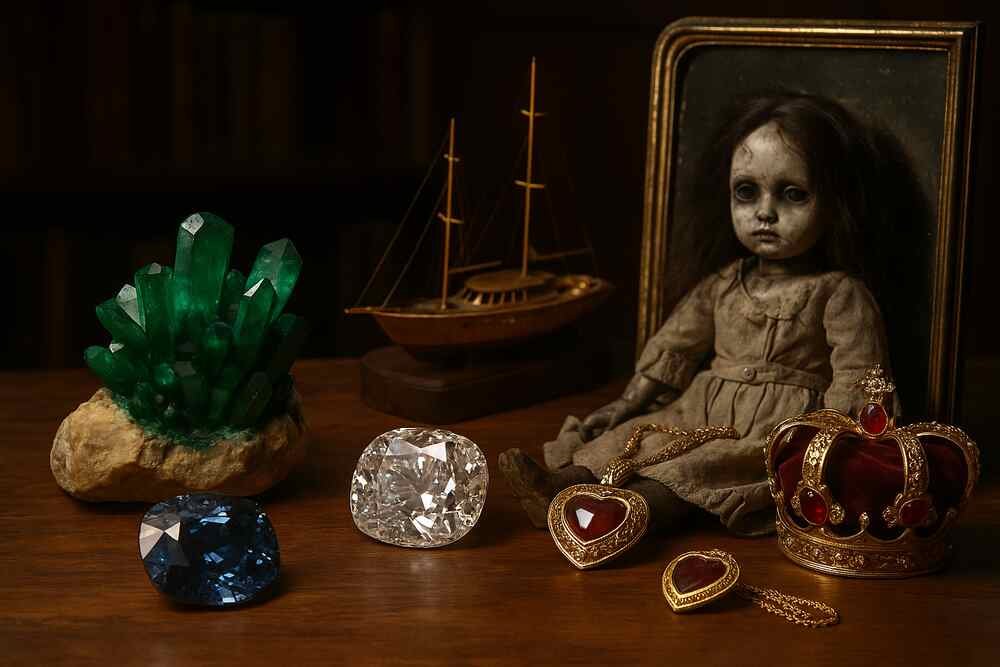Brain Lobes | The Main Parts of the brain that control various activities and Their Functions
In anatomy, brain lobes are part of the cerebral cortex that subdivides the brain according to its functions. The brain is divided into 6 main functional lobes : frontal lobe, parietal lobe, temporal lobe, occipital lobe, insula lobe and limbic lobe.
Functions of the lobes of the brain (cerebral)
The concept of “brain function” has turned into a complex “functional system”, the functions of which are not located in a limited area of the cerebral cortex. They are organized into a system of zones, which work harmoniously in different and distant brain areas.
Each of the 6 lobes has a slightly different function:
1. Frontal lobe, involved mainly for executive function, personality and decision making
2. The parietal lobe, with the postcentral gyrus, is the main sensory cortex and there are also many association cortexes in this area.
3. Temporal lobe, is the main auditory cortex, the area where we listen. The vibrations enter the ear, but are not actually heard until the signal reaches the temporal cortex.
4. The occipital lobe, contains the primary visual cortex, where we actually see.
5. The insula lobes, may be dedicated to pain processing and receive many signals from sensations related to the viscera, organs, intestines, heart, etc.
6. The limbic lobe is associated with emotions and alert states such as paying attention to the environment; with motivation; and with learning and memory processes in the hippocampus, which is located in the area of the parahippocampal gyrus.
Anatomy Brain Lobes – Where is it located?
Frontal lobe
Located anteriorly, in front of Rolando’s fissure . This gives the ability to move (motor cortex), to reason and solve problems, part of language and emotions.
Parietal lobe
It is located behind the Rolando fissure and above the lateral fissure ; behind it borders the imaginary external perpendicular fissure. In charge of external sensory perceptions (hands, feet, etc.): sensitivity , touch , perception , pressure , temperature and pain .
Occipital lobe
It is the posterior cerebral cap, which in many animals has well-defined limits, but which in man has lost its anatomical identity. In charge of the production of images.
Temporal lobe
Located in front of the occipital lobe, below and behind the Silvio fissure, (approximately behind each temple), it plays an important role in complex visual tasks such as face recognition. He is in charge of hearing, balance and coordination. It is the “primary olfactory center” of the brain. It also receives and processes information from the ears, contributes to balance and equilibrium, and regulates emotions and motivations such as anxiety, pleasure, and anger.
Insula lobe
It is a lobe that is hidden or buried, located under the lateral sulcus in the temporal lobe. If we were to remove this area of the cerebral cortex, we would see that there is even more brain with this structure. In other words, the insula is classified as the hidden lobe of the brain. 4 5
Limbic lobe
It is a lobe that is more structural than functional, in the sense that it crosses the junctions of the frontal, parietal and temporal lobe. It comprises the cingulate gyrus , which is separated from the rest of the cerebral cortex by the cingulate groove. The limbic lobe continues into the temporal lobe to the parahippocampal gyrus , which combines with the cingulate gyrus to form the limbic lobe. This forms almost a complete circle, which in Latin is a limbo.
Sources: PinterPandai, University of Queensland, Medical News Today
Photo credit: Wikimedia Commons



